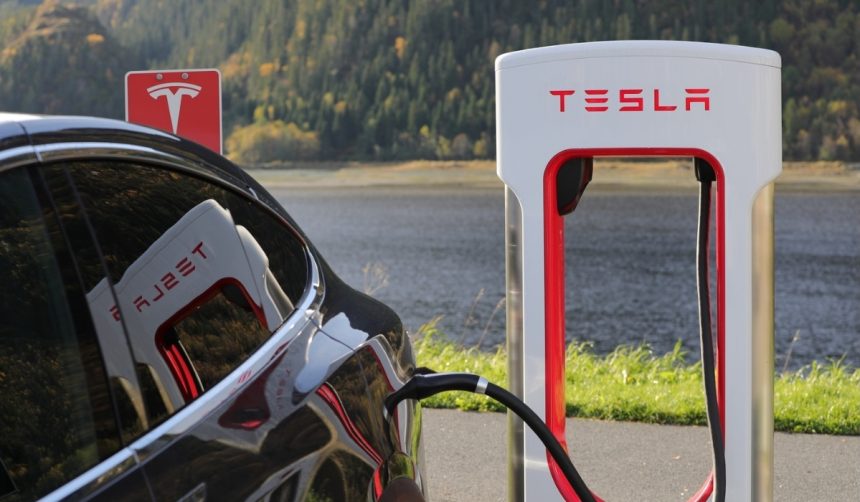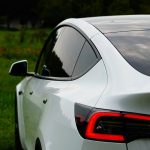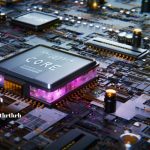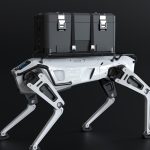Investor attention turned sharply this week when CNBC’s Mad Money host Jim Cramer delivered a notably optimistic view on Tesla following a series of contrasting statements over the past years. With Tesla’s Robotaxi debut in Austin capturing both scrutiny and interest, the discussion among analysts has broadened beyond typical production and sales numbers to the evolving identity of Tesla as a company. Cramer, known for his fluctuating perspective on Tesla stock, now outlines a different narrative, influenced by recent collaborations between Tesla and major tech industry players. His remarks coincide with ongoing test phases of Tesla Robotaxi, prompting investors to reconsider traditional metrics for assessing the company’s direction and potential. This represents a critical juncture for Tesla amid broader debates about the acceptance of self-driving technologies in real-world settings.
Cramer’s fluctuating assessments regarding Tesla have historically aligned with market sentiment swings, particularly as the company alternated between periods of rapid expansion and operational setbacks. Earlier mainstream news saw Cramer identify Tesla as both “a sleeping giant” and lacking significant innovation, reflecting wider analyst divisions. Previous coverage of autonomous vehicle trials frequently highlighted safety incidents and regulatory uncertainties, in contrast to current discussions that increasingly factor in partnership dynamics and ecosystem growth. Emphasis by other analysts such as Dan Ives, Adam Jonas, and Gordon Johnson has closely tracked public milestones, but Cramer’s embrace of insights from technology partners represents a relatively new approach among financial media figures.
How Is Nvidia’s CEO Shaping The Tesla Discussion?
In his recent commentary, Jim Cramer referenced Nvidia CEO Jensen Huang’s perspective following their technical collaborations. Huang has discussed Tesla’s expanding role beyond simply manufacturing cars, identifying the company as a participant in wider artificial intelligence and autonomous driving initiatives. Cramer cited those interactions as a factor that “should be enough to deter any true skepticism,” indicating growing influence among tech leaders in shaping analysts’ perceptions of Tesla’s business model.
Does The Robotaxi Rollout Signal Broader Acceptance?
Initial public and media response to the launch of Tesla’s Robotaxi platform in Austin has been mixed, with outlets often focusing on minor operational setbacks. Despite isolated incidents, no major safety issues have been reported during the test phase. Cramer compared the public’s heightened scrutiny of Tesla’s autonomous vehicle mistakes to overlooked errors by human drivers, remarking,
“Look, I mean, drivers make mistakes all the time. Why should we hold Tesla to a standard where there can be no mistakes?”
This perspective underscores the debate over standards for evaluating emerging self-driving technology.
What Steps Is Tesla Taking To Address Safety?
Tesla has enacted several risk-mitigation measures during the Robotaxi fleet trial. Human safety monitors are present in all vehicles operating the service, and the initial deployment is restricted to limited geographic areas and carefully selected participants. CEO Elon Musk has pointed out the company’s intention to gradually remove these overseers as confidence grows, projecting a possible reduction in teleoperator involvement within a few months. This staged approach reflects Tesla’s efforts to cautiously advance its automated driving platform while maintaining regulatory compliance and passenger safety.
Evaluating Tesla’s trajectory in the context of analyst sentiment shows that a single influential voice—particularly one as visible as Cramer’s—can impact investors’ perceptions and prompt new discussions about the company’s evolving focus. Comparing today’s Robotaxi rollout to earlier autonomous vehicle launches by other manufacturers reveals some common patterns, such as trial restrictions and incremental expansion, but Tesla’s active technological partnerships with firms like Nvidia suggest a broader ambition. Investors and observers will likely continue to weigh the balance between operational milestones and the strategic value of alliances with AI technology leaders. For followers of advances in self-driving cars, scrutinizing the nuanced viewpoints of financial analysts may offer deeper insights into when and how new technology crosses thresholds of market and regulatory acceptance.
- Tesla’s Robotaxi debuted in Austin with limited rollout and oversight.
- Jim Cramer shifted to a bullish stance, citing Nvidia CEO’s influence.
- Tesla plans a gradual phase-out of human safety monitors in its Robotaxis.










